latest
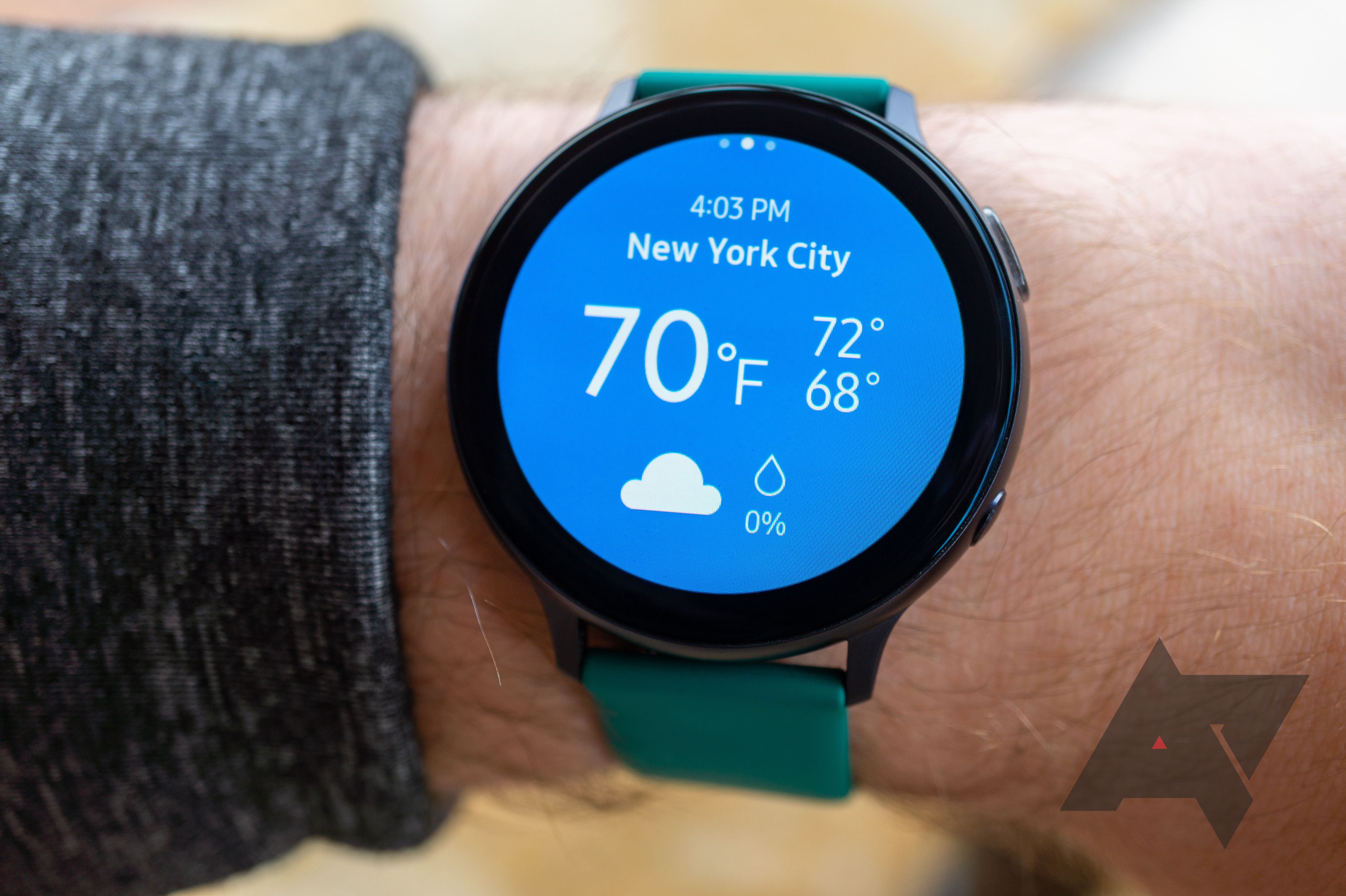
Hot new renders show off Samsung's Galaxy Watch4 in all its rotating bezel-less glory
Along with a new body fat tracking feature
At this point, it seems like anyone interested in picking up a smartwatch is waiting eagerly for the Galaxy Watch4. Samsung's wearable has been leaked and rumored countless times this year, even before the company teamed up with Google to help reinvent Wear OS. Thanks to a couple of new leaks, we're getting our best look yet at the Watch4, as well as some of its potential fitness capabilities.
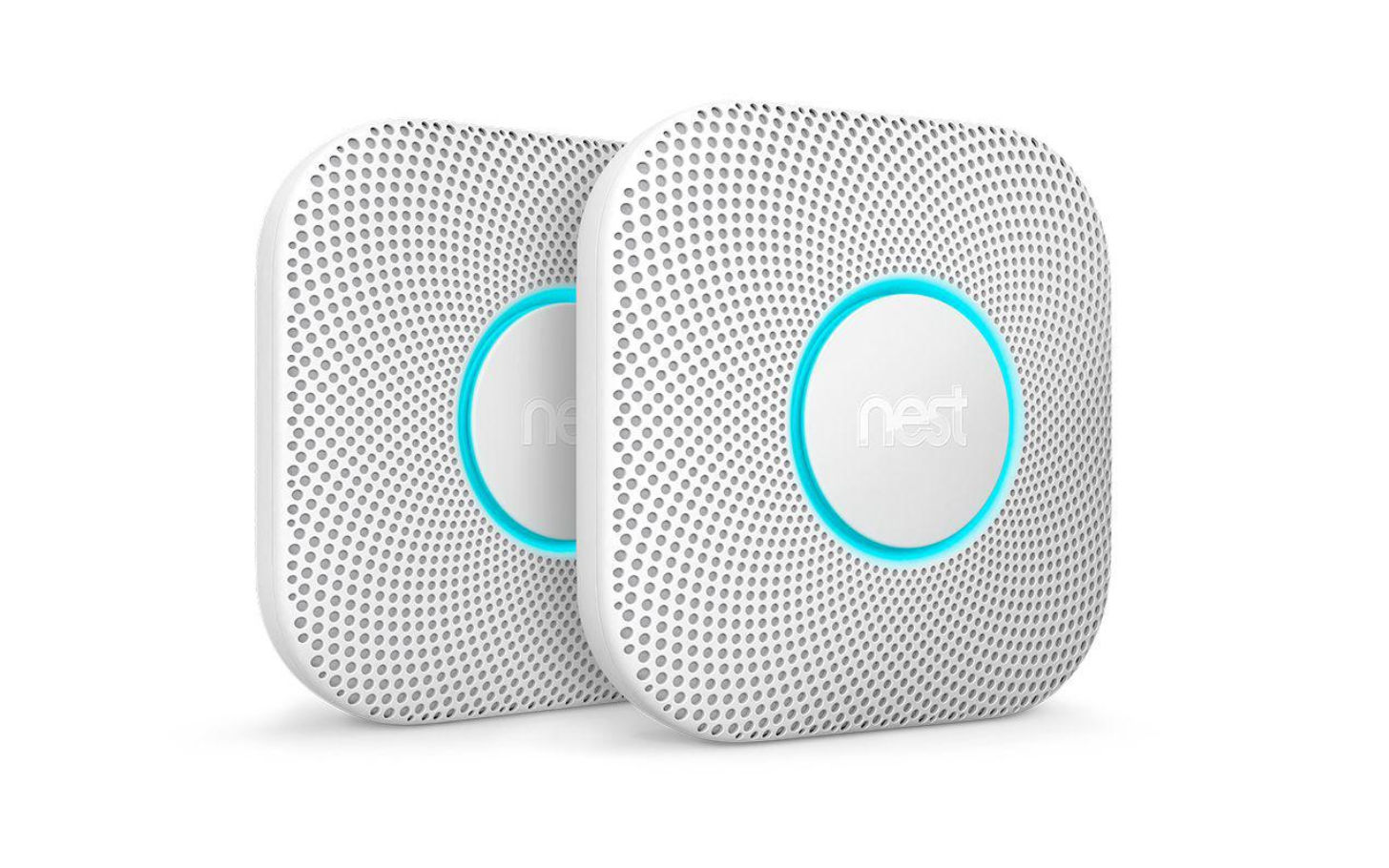
Google Assistant finally supports sensors and smoke detectors, paving the way for smarter alerts and automations
Water purifiers and softeners were also added
One of the cornerstones of the smart home are automations that get triggered based on certain conditions. SmartThings, Wink, and other hubs built their whole proposition on top of that, but then voice assistants came and shook that foundation. Voice commands, and thus active requests, became the focus, but that didn't stop everyone from bemoaning the loss of passive automations. To implemented that functionality you need sensors, and Google Assistant is finally adding native support for them.

Sony has announced that it's developed a smartphone camera sensor with a silly-high resolution of 48 megapixels. The new IMX586 is apparently the world's first sensor to feature a pixel size of 0.8 μm — and those tiny pixels allowed for Sony to cram a whole lot of them into a component small enough to fit in a smartphone chassis.
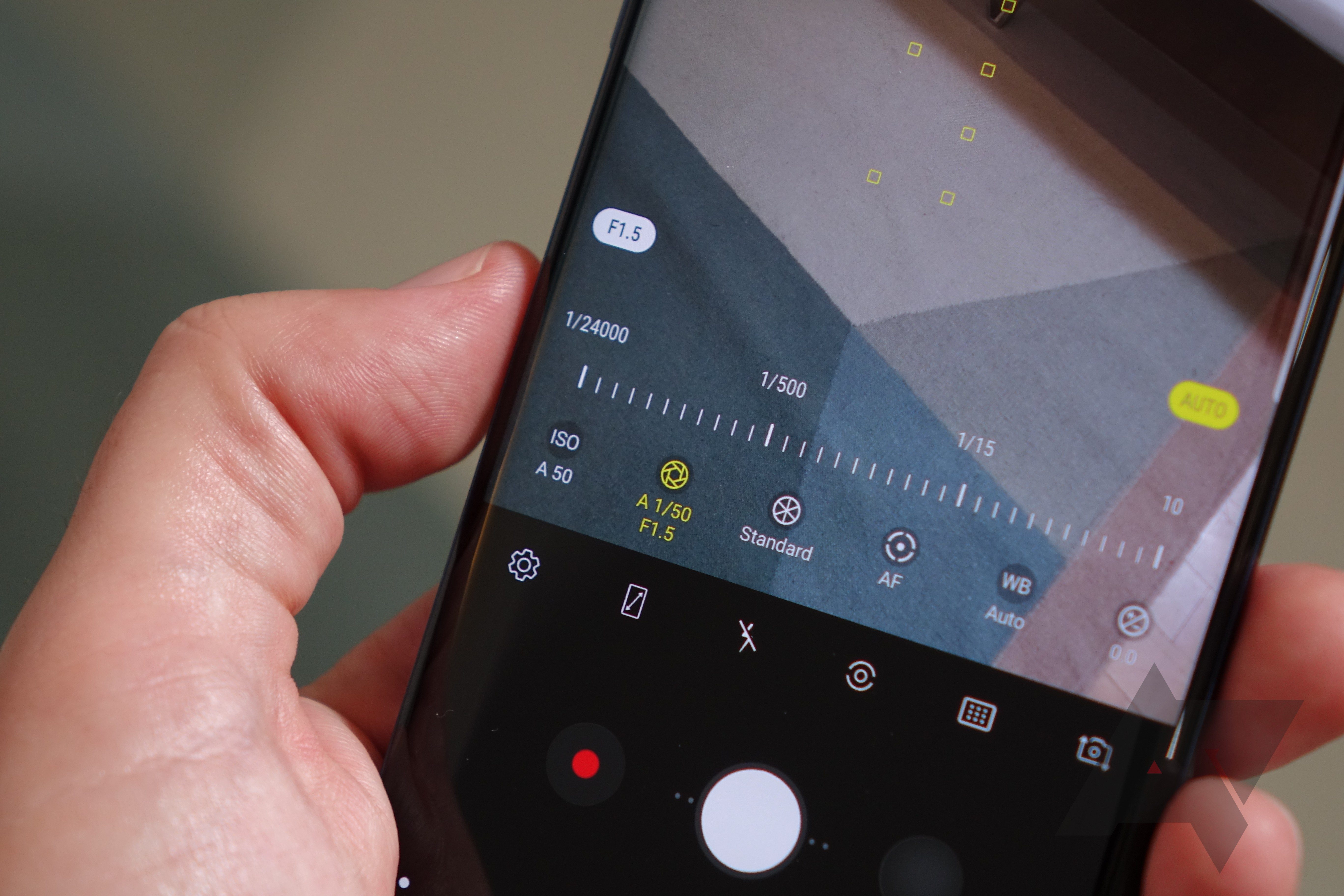
Today Samsung has announced its new "ISOCELL Plus" technology, which aims to improve color accuracy and sharpness for the company's CMOS camera sensors. The "Plus" in this case replaces the metal grid over the photodiodes with a Fujifilm-designed material that absorbs and reflects less light, sharpening what each individual pixel can capture. That could give the upcoming Note9 or next year's Galaxy S10 even more accurate and clear photos, especially in low-light.
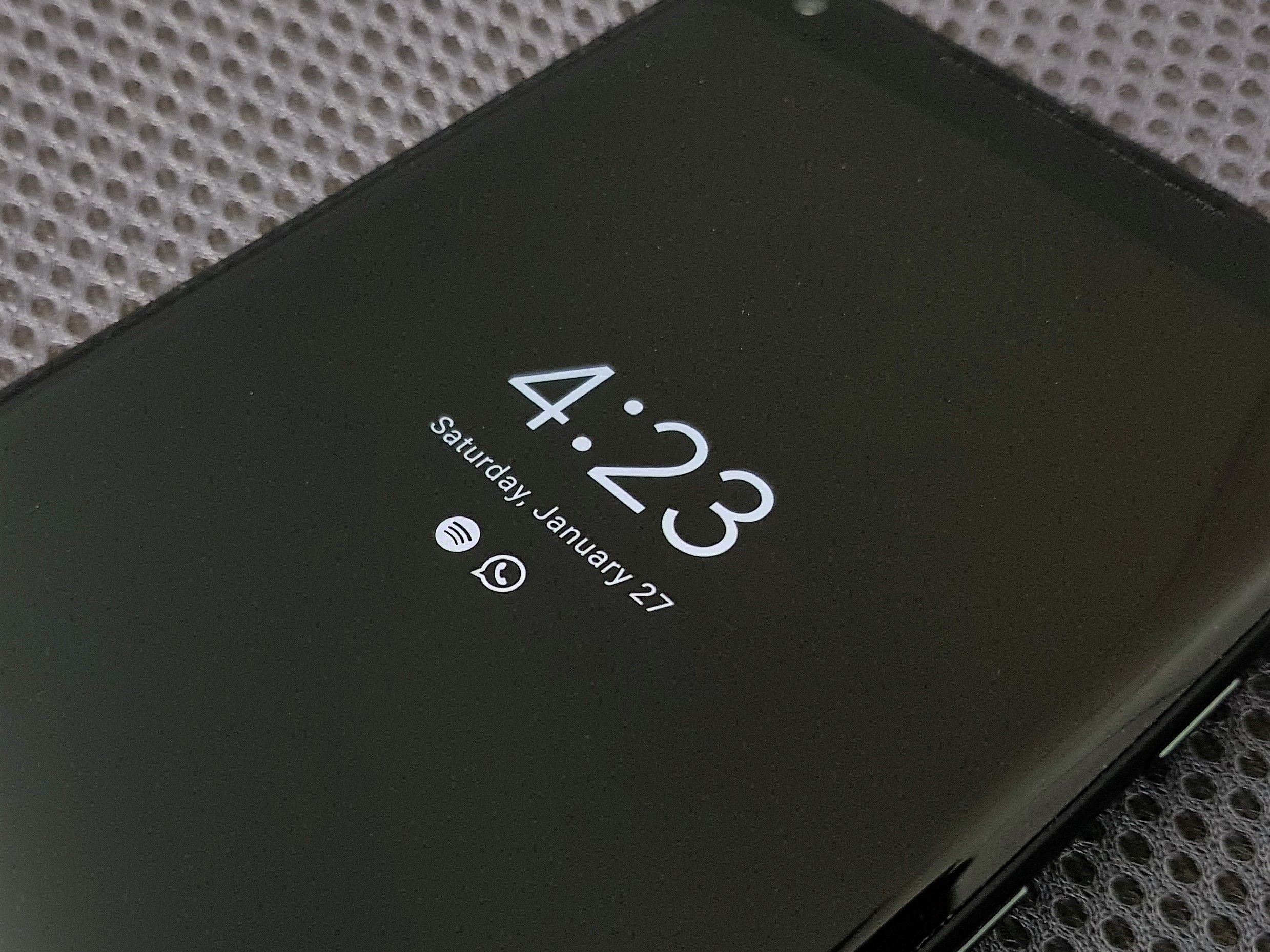
Read update
Back in October, we reported on a change in the Android 8.1 release that made the proximity sensor behave differently. Unlike before, it wouldn't turn Ambient Display off when you covered the sensor, something we saw even in 8.0 for the newer Pixel 2s. That may or may not have been intentional, but it seems there were also other issues relating to the proximity sensor in 8.1, more about which you can read in this mega thread on the Pixel User Community forum.
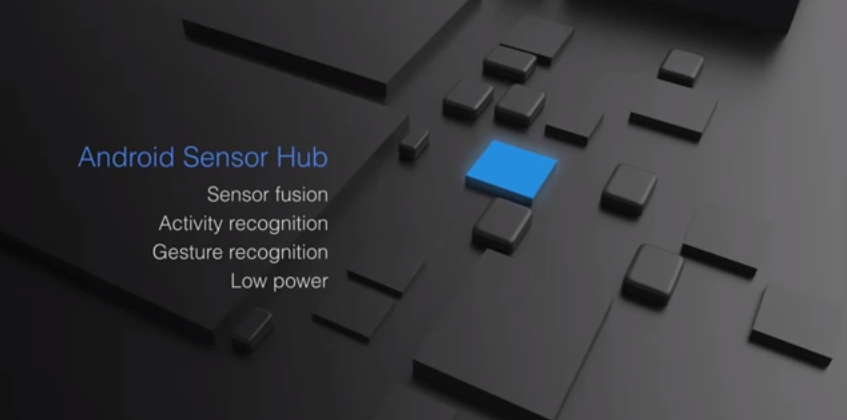
The Nexus 5X and Nexus 6P are packed with a number of cool hardware improvements over previous generations, like a shockingly fast fingerprint reader and a fast-charging USB Type-C connector. During today's presentation, Dave Burke spoke about a brand new piece of hardware dubbed Android Sensor Hub that can significantly extend battery life and allows even more inventive features to these phones. It's a dedicated low-power processor designed to efficiently manage sensor data so the main processor can go to sleep for longer periods of time.
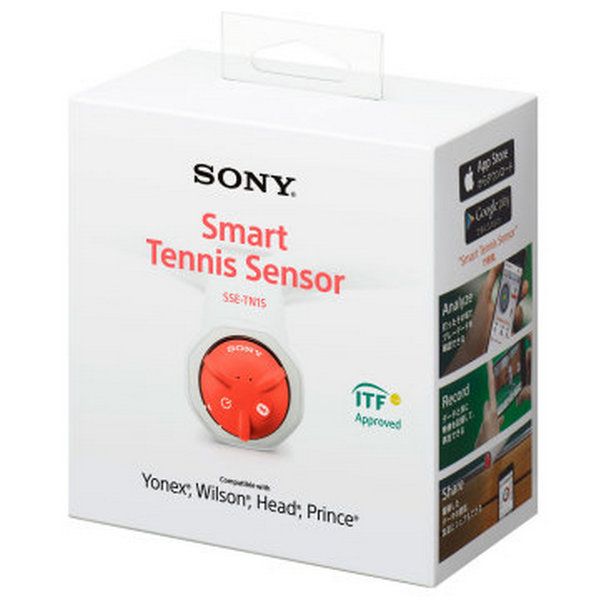
The Sony Smart Tennis Sensor is obviously a niche device. Do you play tennis? Are you dedicated enough to want to track how fast you swing? Are you willing to pay $200 to do so?
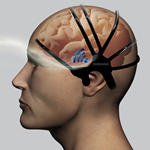
Samsung's forays into Wearable technology for the consumer market haven't been very groundbreaking, and a few never even touched down. Perhaps the secret was to aim higher than heart rate trackers and smartwatches. A small team at Samsung has been working in the company's Creativity Lab (a.k.a. C-Lab) developing a headset capable of observing brainwave patterns for signs of a stroke. Not only could the system help millions of people each year to prevent a crippling or fatal stroke, but the technology may have applications for monitoring the heart and brain for many other conditions.
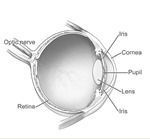
Sony announced at the Symposium on VLSI Technology that it is trying to improve the functionality and light capture of CMOS sensors by bending them, using - get ready - a proprietary "bending machine." So far, their efforts sound successful. The manufacturer has created a pair of curved CMOS sensors, one sized for cameras (43mm) and one for mobile devices (11mm), that they say have improved sensitivity 1.4x at the center of the sensor, and 2x at the edges.

It's no mystery that Google has been poking around wearable gadgets for quite some time. The list of projects seems to keep growing as we hear about rumors of an LG-made smartwatch, another prototype watch designed by Motorola, and of course, Google's own Glass. Earlier today at SXSW, Sundar Pichai took to the stage to announce plans to release a brand new SDK for Android-based wearable devices in about two weeks.
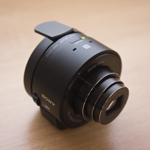
Back at IFA, I got my hands on Sony's QX10 lens camera, one of two such devices the electronics manufacturer announced in Berlin. I wasn't sure what I thought about it then, having only played with it for about a day, but I've spent some quality time with the device since, and I'm ready to lay down my full impression.
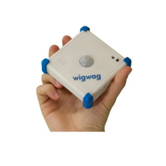
Like many digital innovations, WigWag occupies the space between facilitating necessary evolution and being a lazy person's wet dream. It's an "If This Then That" intelligent environment-building sensor that reached its funding goal a month ago, already achieving twice the funds the team asked for. Now the campaign has ended, with WigWag acquiring nine times more than its $50,000 ambition.

There are a few surefire ways to get straight to a consumer's heart, and one of them is nostalgia. People love to be reminded of the good old days, and Sony has done just that, uploading a new Xperia Z spot that will take viewers back to the moon mission, the Berlin wall, roller skating on the beach, and playing video games, all with Sony products.

Smartphones have a staggering amount of data they can monitor, and not just in terms of the Internet. Position, orientation, speed, sound, light, g-force, the list goes on - that's why academics are using them as self-contained sensor stations for cool stuff like blasting into space. If you need to monitor data remotely for decidedly less cool reasons (like seeing if your CDL contractor got four tons of gravel to the worksite without stopping at Arby's first) Valarm might be the right service for you.









